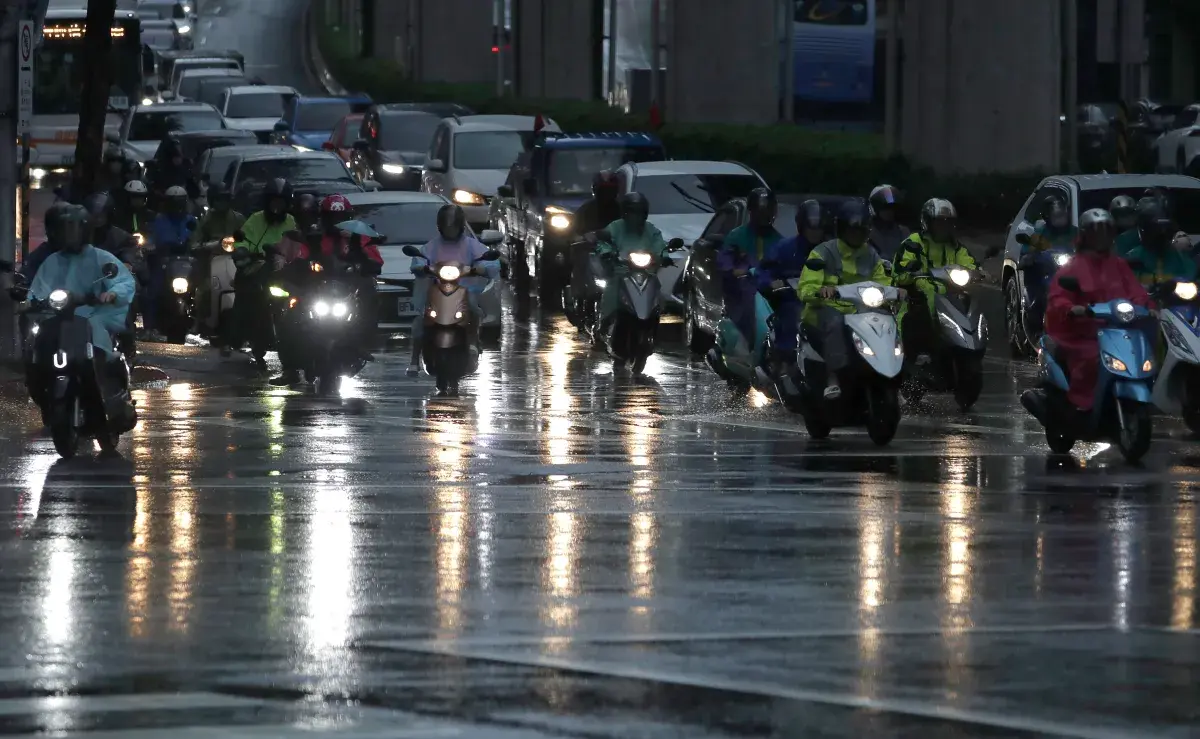
Airlines in East Asia canceled hundreds of flights on Tuesday as China’s Pearl River delta and the financial hub of Hong Kong braced for Super Typhoon Ragasa, which authorities have warned could have a “catastrophic” impact on the densely populated region.
Why It Matters
Meteorologists have warned that Ragasa, the most powerful typhoon to hit China this year, was maintaining its strength as it approached and was expected to make landfall in central or western coastal areas of Guangdong province on Wednesday.
The super typhoon, which is the equivalent to a Category 5 hurricane, will likely bring extensive disruption to the southern Chinese manufacturing base and Hong Kong.
What To Know
The storm moved away from the Philippines on Tuesday morning after battering its northern island and killing at least three people, and was moving west-northwest at 12 miles an hour across the South China Sea, with maximum winds of up to 143 mph, the Philippine meteorological agency said.
The Hong Kong Observatory, the city’s weather agency, said it was raising its cyclone warning signal to level 8, the third-highest, as the storm approached.
“Winds locally will strengthen further,” it said. “The government advises members of the public with long or difficult home journeys or having to return to outlying islands to begin their journeys now. The government is now making arrangements to release its employees accordingly.”
The storm is forecast to pass closest to the city on Wednesday morning.
Airlines reported extensive disruption.
Hong Kong carrier Cathay Pacific announced that it was suspending all of its more than 500 flights in and out of Hong Kong between 6 p.m. on Tuesday, September 23, to and 6 a.m. on Thursday, September 25. The smaller Hong Kong Airlines and HK Express announced the cancelation of nearly 150 flights over the same period.
Hong Kong’s Chief Executive John Lee Ka-chiu warned that the storm could pose significant threats to the community and the city has carried out extensive preparations “with widened safety margins,” the South China Morning Post reported.
All schools were suspended on Tuesday and Wednesday in Hong Kong and neighboring parts of China.
Guangdong province has advised residents to prepare for a potentially “catastrophic” and “large-scale disaster,” the BBC reported. Authorities raised the wind emergency response to the highest level on Tuesday morning, while train services in southern China were heavily disrupted, state media reported.
The storm hammered northern parts of the Philippines on Monday and early on Tuesday as it moved through the waters separating the archipelago from Taiwan.
Extensive evacuations appeared to have minimized the human toll, with three people reported killed and five missing in the Philippines, The Associated Press reported.
What People Are Saying
Wang Haiping, chief forecaster at China’s National Meteorological Center, told a briefing on Monday: “One of the main reasons for the high intensity of Typhoon Ragasa is that the ocean has been continuously heated throughout the summer, resulting in relatively high sea temperatures after autumn.”
The Hong Kong Observatory said: “The weather will be persistently adverse tomorrow…Seas will be phenomenal with swells. The Observatory appeals to the members of the public to stay away from the shoreline, and not to engage in water sports.”
What Happens Next
The storm is expected to make landfall along China’s coast between Shanwei in Guangdong province and Wenchang in Hainan province some time on Wednesday.



